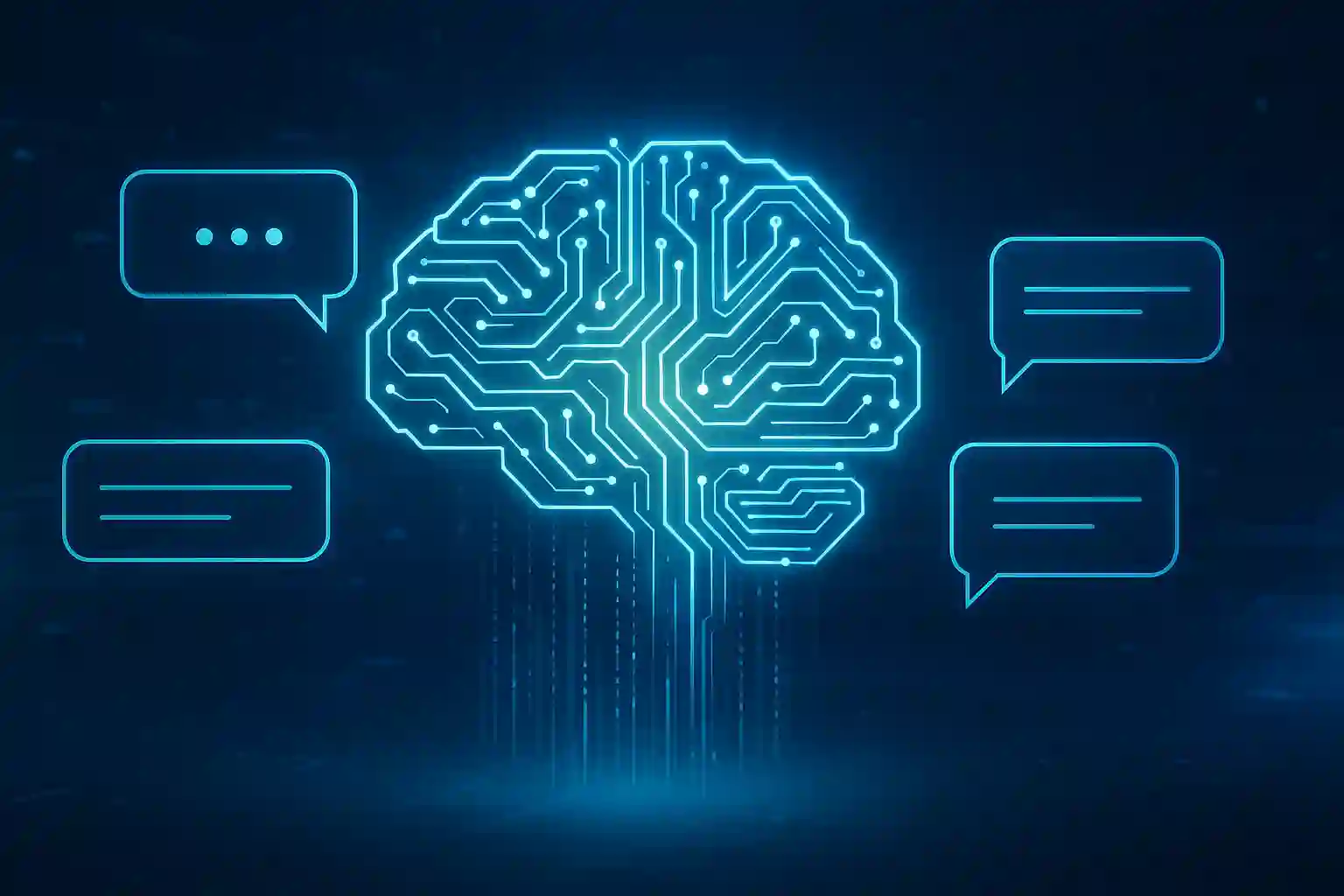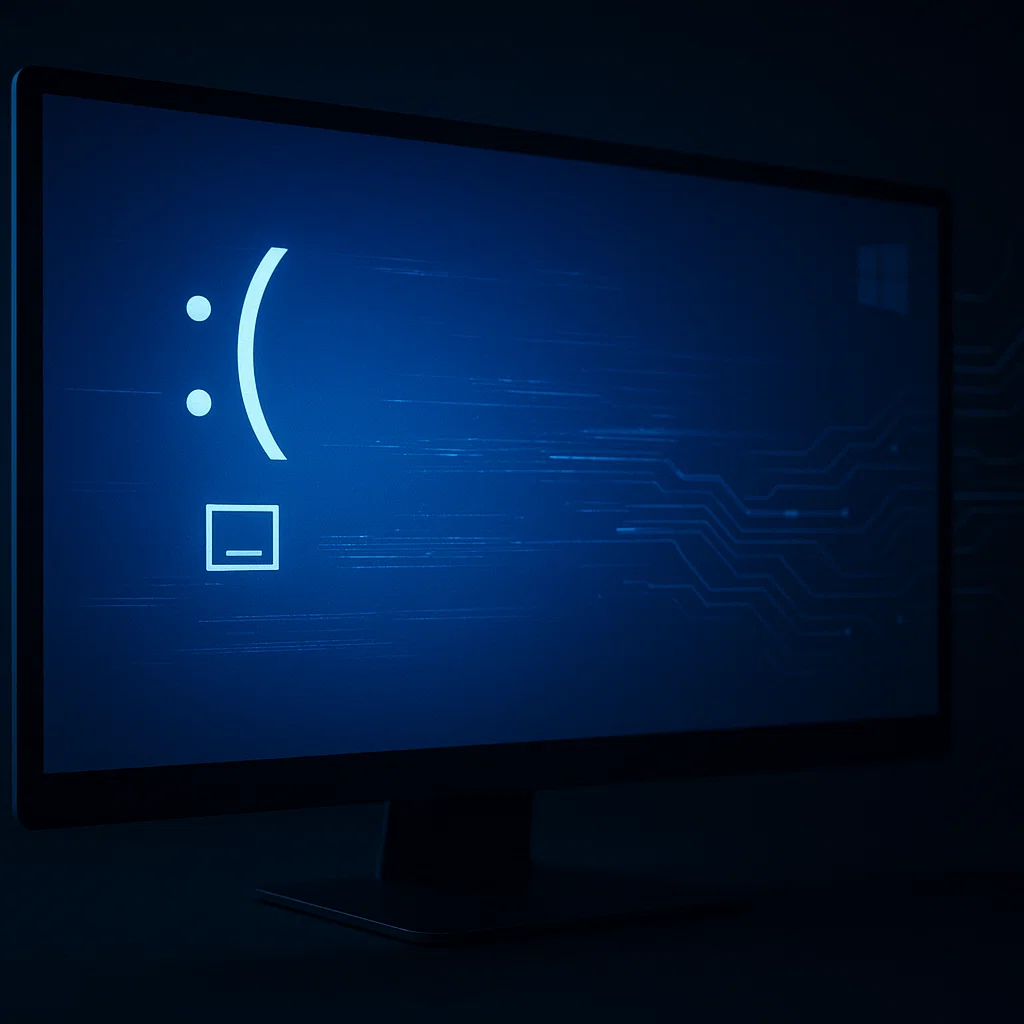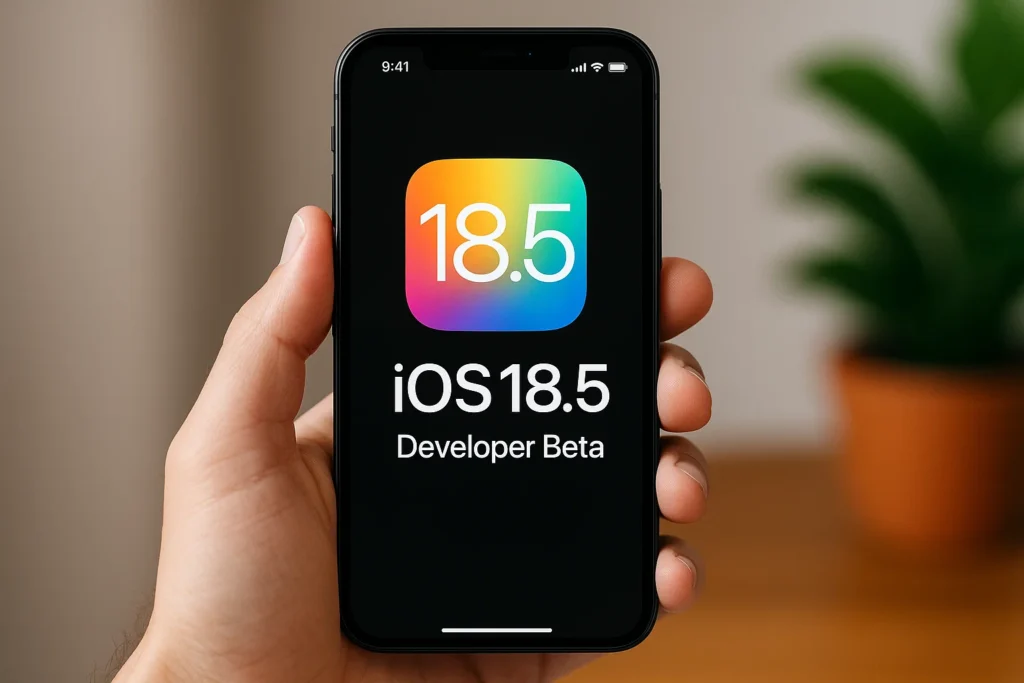Have you ever wondered how ChatGPT knows what to say? This AI tool gives surprisingly accurate, human-like answers—but what powers it? In this blog, we’ll explain how ChatGPT works, how it creates responses, and why it sometimes makes mistakes. This knowledge helps you use ChatGPT wisely and effectively.
🤖 What Is ChatGPT?
How ChatGPT works can be understood by looking at its core design. It is a type of artificial intelligence known as a large language model (LLM), developed by OpenAI. This model is built to understand human language and generate responses that sound natural and relevant. It uses advanced algorithms to process text, identify patterns, and create human-like replies.
At the heart of how ChatGPT works is a powerful prediction engine. It doesn’t “know” facts like humans do. Instead, it analyzes what you’ve typed and predicts the most likely word to come next based on its training data.
🔍 What Happens When You Ask ChatGPT a Question?
Every time you type a prompt into ChatGPT, a lot happens behind the scenes. Here’s a simplified explanation of the process:
-
Tokenization: Your sentence is broken down into small parts called tokens. These could be single characters or full words.
-
Context Analysis: ChatGPT looks at all the tokens and determines the context.
-
Next-Word Prediction: It predicts the next token in the sequence.
-
Repetition: This continues one token at a time until the reply is complete.
This real-time prediction is why responses appear to “type out” word by word.
🧠 The Technology Behind ChatGPT: Transformers
ChatGPT is based on a deep learning system called a Transformer. This type of AI architecture helps ChatGPT focus on the most important parts of your input through a method called self-attention.
For example, take the sentence:
“The bank will not approve the loan.”
The word “bank” could mean a financial institution or the side of a river. Thanks to self-attention, ChatGPT examines nearby words like “approve” and “loan” to guess the correct meaning.
This context awareness makes ChatGPT’s answers more accurate and useful.
📚 How Did ChatGPT Learn Language?
ChatGPT didn’t wake up one day knowing how to talk. It was trained in two major phases:
-
Pre-training: The model read large amounts of data—books, websites, news, and more. This helped it understand grammar, vocabulary, facts, and logic.
-
Fine-tuning: OpenAI trained the model further using human feedback. Reviewers ranked responses, helped correct errors, and guided ChatGPT’s behavior.
As a result, ChatGPT became better at offering useful, respectful, and context-aware replies.
🔁 Why ChatGPT Doesn’t Always Say the Same Thing
If you ask ChatGPT the same question twice, you might get different answers. Why? Because ChatGPT works with probabilities. It calculates the chance of each word being the next in the sentence. If two or more words have similar probabilities, it might pick a different one each time.
This randomness gives ChatGPT a creative and flexible edge—but also makes it less predictable.
❌ The Limitations of ChatGPT
Even though ChatGPT sounds intelligent, it has no real understanding or consciousness. Although ChatGPT sounds intelligent, it has no real understanding or consciousness. It doesn’t know facts in the way humans do, nor does it comprehend your emotions or intentions. Instead, it simply makes educated guesses.
This leads to some problems:
-
Hallucinations: ChatGPT may generate false or made-up information.
-
Biases: The AI can reflect the biases present in its training data.
-
Lack of reasoning: ChatGPT doesn’t think logically like a human. It just mimics reasoning based on patterns.
That’s why it’s important to fact-check its answers and use it as a tool—not a replacement for human judgment.
🧰 How to Use ChatGPT Wisely
To make the most of ChatGPT, keep these tips in mind:
-
Be specific with your prompts.
-
Ask follow-up questions for better clarity.
-
Verify any important information it provides.
-
Avoid over-reliance—it’s a helper, not a decision-maker.
-
Understand it doesn’t know the truth—it predicts based on training.
✅ Final Thoughts: ChatGPT Is a Powerful Tool—But It’s Still Just a Tool
ChatGPT is changing how we work, learn, and create. It can help you write content, answer questions, brainstorm ideas, and much more. But behind the scenes, it’s not magic—it’s advanced math and machine learning.
Understanding how it works helps you become a smarter user. You’ll know its strengths, avoid its weaknesses, and make the most of what this incredible AI can offer.
❓ Frequently Asked Questions (FAQs)
1. How accurate is ChatGPT?
ChatGPT is often accurate but not perfect. It may generate incorrect or outdated information, so always verify important facts.
2. Does ChatGPT understand what I’m saying?
Not really. ChatGPT doesn’t “understand” language like humans. It predicts text based on patterns in its training data.
3. Can ChatGPT learn from my prompts?
No. ChatGPT doesn’t have memory in a single chat session unless it’s saved by the platform. It doesn’t learn from users unless trained by developers.
4. Why does ChatGPT sometimes give different answers?
It uses probability to generate responses. Several possible answers may be equally likely, leading to different replies each time.
5. Is ChatGPT safe to use for research or writing?
Yes, but use it carefully. Cross-check facts, cite sources, and don’t rely on it for sensitive or critical information.





